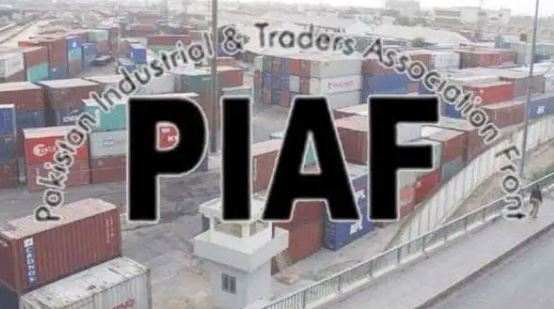ISLAMABAD: /DNA/ – The Pakistan Industrial and Traders Association Front (PIAF) has said that foreign direct investment (FDI) fell by 33% in single month of Feb 2022 compared to preceding month of Jan, as the second half of the current fiscal has been facing several negative impacts including political instability, the war in Ukraine and a hike in oil prices in the international markets. The record increase in oil prices as well as in other commodities rates has widened the trade deficit. Though the country reported a positive growth of FDI inflows by 6% during July-Feb 2021-22 (8MFY22) but this growth is far lower than the $11.6 billion current account deficit confronting the country.
PIAF senior vice chairman Nasir Hameed and vice chairman Javed Siddiqi said that poor investment climate hit the FDI inflows which noted a sharp decline of 50% to $110 million in Jan this year from $218.7m in Dec 2021.
The political uncertainty has disturbed the Pakistan economy, hitting the stock market constantly, as the country has witnessed the capital outflow of around $1.5 billion during the ongoing fiscal year, with major foreign investment outflows from Pakistan Investment Bonds (PIBs) despite high-yields returns on them. Nasir Hameed Nisar observed that the uncertainty at the political front and parliament moving closer to the vote of confidence motion dented investors’ confidence, resulting into the investment outflow of at least $400 million from the country just in a single month of March.
He said that country-to-country inflows reflect the changing situation on external fronts of the economy, as the FDI inflows from China has dropped to $384 million during Jul-Feb FY22 compared to $522 million in 8MFY21. In spite of good relations with China, Pakistan is unable to attract Chinese investors for any vital change in the economy. China is the biggest trade partner of the country but the balance is largely in favour of China.
Javed Siddiqi said that the returns on the treasury bills and PIBs are highly attractive for foreign investors, as such high rates on government-guaranteed risk-free bonds are unprecedented but unfortunately the outflows from PIBs reached $353 million in March. In the same way, the yields on the treasury bills rose to 11.99 percent for three-month papers, 12.5 percent for six months, and 12.7 percent for 12 months.
During the ongoing fiscal year, the total outflows from equity, PIBs, and treasury bills stand at $1.558 billion against total inflows of $654.3 million. The cumulative net flow during the nine months through March 2022 comes in at $904.36 million.
The single-day outflow on 24 March was $91.3 million against an inflow of $2.3 million in equity. The outflows from the PIBs and treasury bills were $50 million and $34.8 million, respectively, during the same day, the report shows.
During the current fiscal year, the total PIB inflows stood at $104.3 million so far, and inflows have remained at just $0.15 million during this month.
The total inflows of the PIBs and treasury bills during March stand at $0.15 million, while outflows of the two domestic bonds are $352 million. If the outflows from equity are counted, the total outflows of foreign investment were $402.35 million, while the cumulative net flow was $378.3 million. The inflows in equity during March stand at $23.9 million.

















